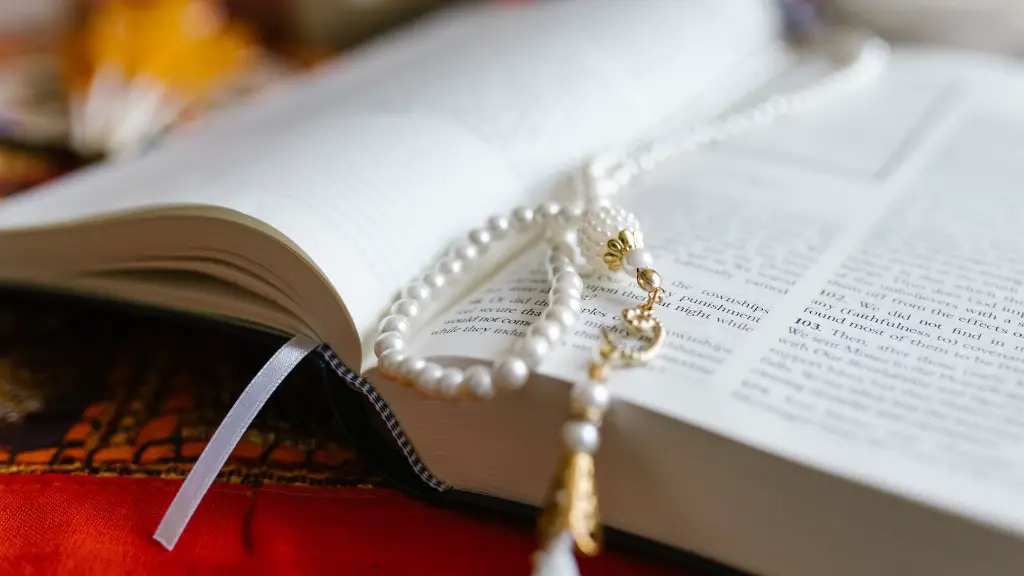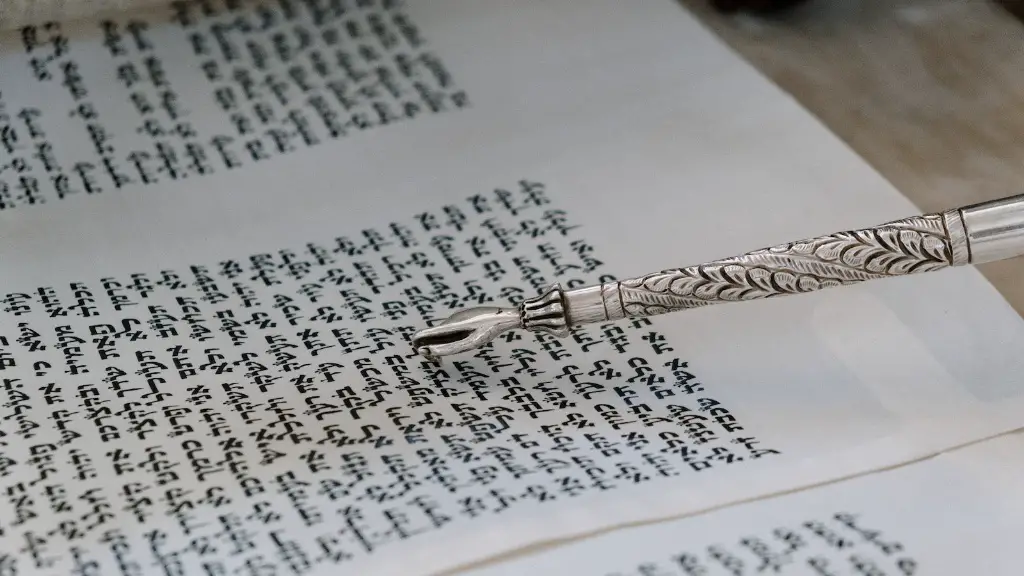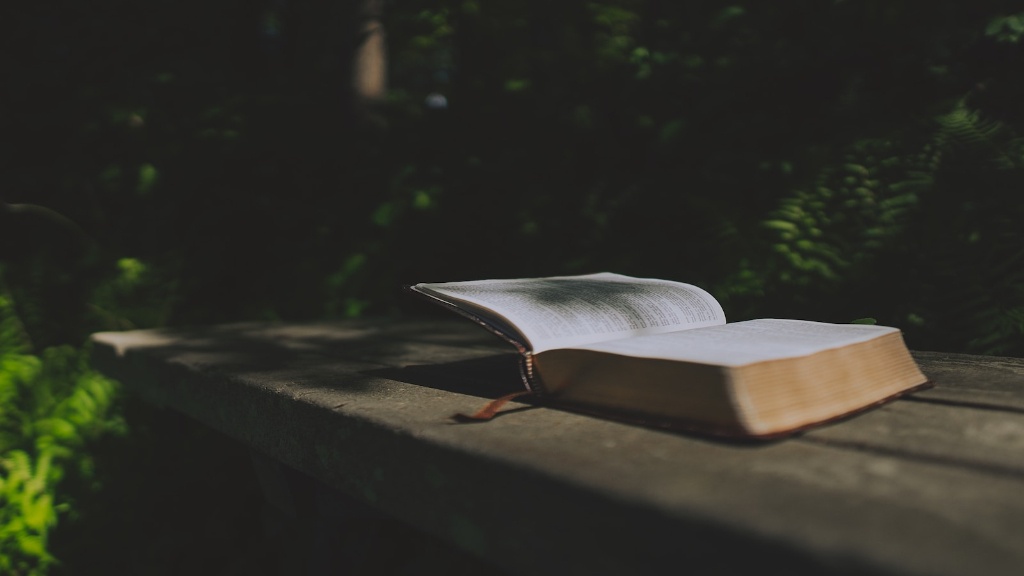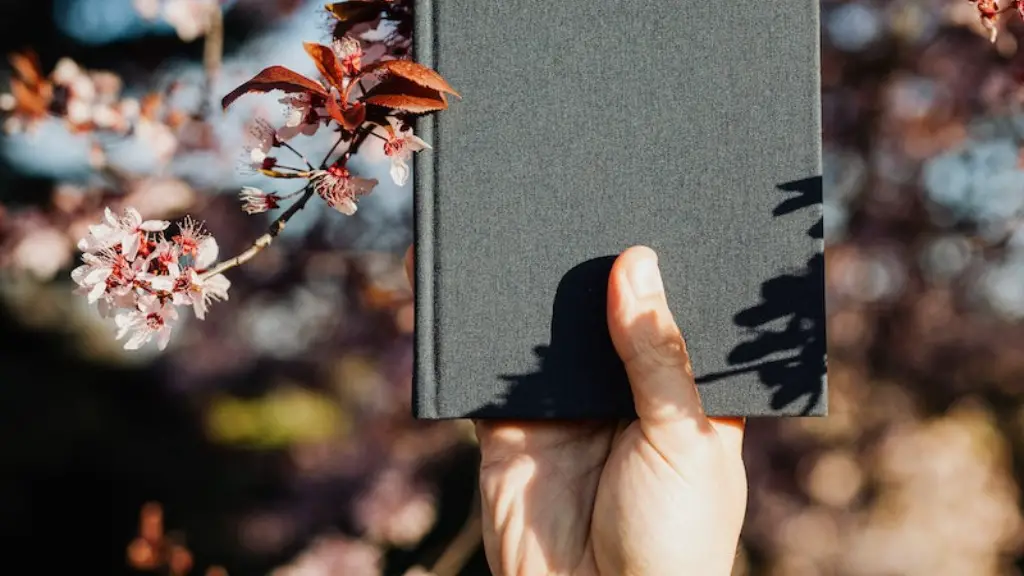A Guide to Understanding Meter in Poetry
The term ‘meter’, when referring to poetry, can be defined as a specific pattern of stressed and unstressed syllables or beats in a line of verse. Meter is an important aspect of any poem, as it helps to create rhythm and structure, thus giving it a more polished and elegant feel. To fully immerse oneself in the world of poetry, one must first understand the basics of meter.
When looking at a poem, one must pay attention to certain features, such as the rhyme scheme, number of lines and stanza length, and lastly, meter. Meter is usually composed of stressed and unstressed syllables following a regular pattern; an example is iambic pentameter, in which each line consists of five iambs, which are metrical units of two syllables; an unstressed followed by a stressed syllable. This meter is the most often used in poetry, and is the meter usually associated with Shakespearean verse.
For those wishing to go further in understanding meter, there are many tools available. The most important are dictionaries, which provide detailed descriptive breakdowns of each word’s syllable stresses and sounds. Other tools include software applications which can analyze meter, and spreadsheets developed to help identify patterns.
In any poem, the analysis of meter is essential in order to fully appreciate it. It can be difficult for the poet to create a meaningful and structured piece of work if the meter is not given due consideration. For those wishing to write their own poetry, it is important to bear in mind the importance of meter in order to produce an effective poem. It should not be seen as an optional extra, but rather an integral part of the creative process.
Apart from the technical aspects of meter, there are also a wealth of poetic styles to explore. This includes rhyming and non-rhyming forms, and more complex multi-stanza forms, such as the sonnet and the villanelle. Experienced poets are encouraged to experiment and develop their own styles, whilst not forgetting the importance of meter.
In conclusion, meter is a crucial element of poetry, used to enhance the beauty, power and meaning of a poem. Understanding how to work with meter will not only improve the quality of a poem, but also the writing process itself. Through experimentation, and a better understanding of the tools and techniques available, poets can learn to write with greater technical precision and creativity.
Exploring Rhymes & Alliterations
One of the most common devices used in poetry for creating a sense of harmony is the use of rhymes or alliterations (words beginning with the same sound). This gives a poem a musical quality and creates a bond between any two separate lines or stanzas. It helps carry the poem’s meaning forward, and often provides a subtle internal rhyme which will intrigue the reader.
Rhyming poetry has been popular since ancient times, but remains a challenge even to experienced writers. Rhymes and alliterations should be used judiciously, rather than simply as a gimmick. Over-use can drown out the more delicate nuances of the poem and make it sound contrived and amateurish.
A popular form of poetry which uses rhyme is the sonnet. The rhymes also help to break the poem up into different sections, giving the poem a sense of shape and structure. This can be especially useful for those wishing to write about one particular subject. Conversely, rhyme can also be used to give the poem a more disjointed feel, which can be particularly effective for free-form poetry.
For those too intimidated by traditional rhyme schemes, there are other options available. Blank verse, for example, is unrhymed poetry, and is frequently associated with Shakespearean drama. The lack of rhyme in this form can be more difficult to master, but can also be very effective.
Any form of poetry, whether rhyming or non-rhyming, can greatly benefit from an understanding of meter. Knowing how to use meter to its full extent and taking into account the various combinations of sounds created by rhyme or alliteration can significantly increase the effect of a poem.
The Poetry of Performance
Poetry is not only a written art form. There is a long tradition of poets reading their works aloud, either in public readings or in private recitals. This has enabled them to connect with and create a real emotion in an audience, breathing life into a poem that only an experienced performance can bring.
Those reading their works in public should ensure their performance is as effective and polished as possible. Rhythm is key to any recitation, and an awareness of the main elements of meter, as well as understanding the underlying structure of a poem, can make a crucial difference in creating a more engaging and powerful performance. Speech patterns, intonation and body language are all features of a competent recitation.
Poetry slams, too, are becoming increasingly popular. These are competitions between poets in which a panel of judges rate their performances, taking into account technique, originality and stage presence. Many reciting competitions for both adults and younger people now offer extremely impressive prizes. Consequently, the pressure to perform is high.
Aspiring performers need to practice and prepare thoroughly in order to make an impact. An awareness of the structure of the poem and its meter gives it an added depth which can be used to draw an audience in, and making use of emphasis on particular words will help your work stand out.
Poetry and performance make a powerful combination, and when combined with meter, can create a special atmosphere. Understanding and experimenting with meter can greatly enhance any performance, ensuring it is both elegant and engaging.
Analyzing & Comparing Poems
Form is an important component of any poem, and when analyzing a poem, its form should be taken into consideration. This form can not only be determined instinctively, but also by breaking down a poem into sections and analyzing the meter, line lengths and rhyme scheme. The same techniques can be used to compare two or more different poems.
By understanding how each poem works in terms of its meter and form, a deeper level of interpretation can be achieved. This is a valuable skillset in its own right, and useful for those with an interest in the history of poetry, as well as those wishing to appreciate and critique poetry in a meaningful way.
A great way to gain an understanding of meter is to read a wide range of poetry, both classic and contemporary. Poets such as Shakespeare and Wordsworth employ very different metrical techniques, yet both have an enduring appeal. There is much to learn from the works of these masters, and by analyzing the structure of the poems, one can become more familiar with meter and its uses.
It is also important to familiarize oneself with the terms used for different meters and rhyme schemes. Not only does this add to one’s knowledge, but it also gives an academic credibility to any discussion or analysis of the poem. A thorough understanding of the terminology makes the analysis easier and it also allows the poem to be discussed and shared in a more meaningful way with others.
Analyzing and comparing poems can be a great deal of fun, but an understanding of meter is essential. However, there is no need to become overwhelmed by terminology; gaining a basic background knowledge of meter and its different forms is enough to ensure an enjoyable experience.
Gaining Inspiration & Realizing Your Creativity
For any aspiring poet, gaining inspiration is one of the key challenges. Creativity can often be elusive, and a lack of ideas or avenues to explore can cause frustration and even burnout. Adding meter to poem-writing can give it a much-needed boost.
By understanding how meter works, it can be used to realize a poet’s potential creativity. It is a way of freeing the writer from the confines of traditional rhymes and structures, allowing them to experiment and explore different ways of expressing themselves. It can also be an invaluable tool in creating the perfect take on a certain topic or story.
Experimenting with meter is essential in order to find the most effective poem. Mixing up the meter can help in creating unique effects and highlight different aspects of the text. Understanding the complexities of the meter can help poets to craft that elusive perfect poem.
All forms of poetry can benefit from a good knowledge of meter, and developing an understanding of it could make all the difference. Drawing on the techniques of others and experimenting with new ideas can be invaluable in forming and expressing one’s own creative style.
Gaining inspiration is not as difficult as it might seem. By understanding the basics of meter, it can open up new ideas and avenues to explore. This, in turn, can lead to a greater appreciation for the complexity of the form and provide an invaluable boost for any poet.





